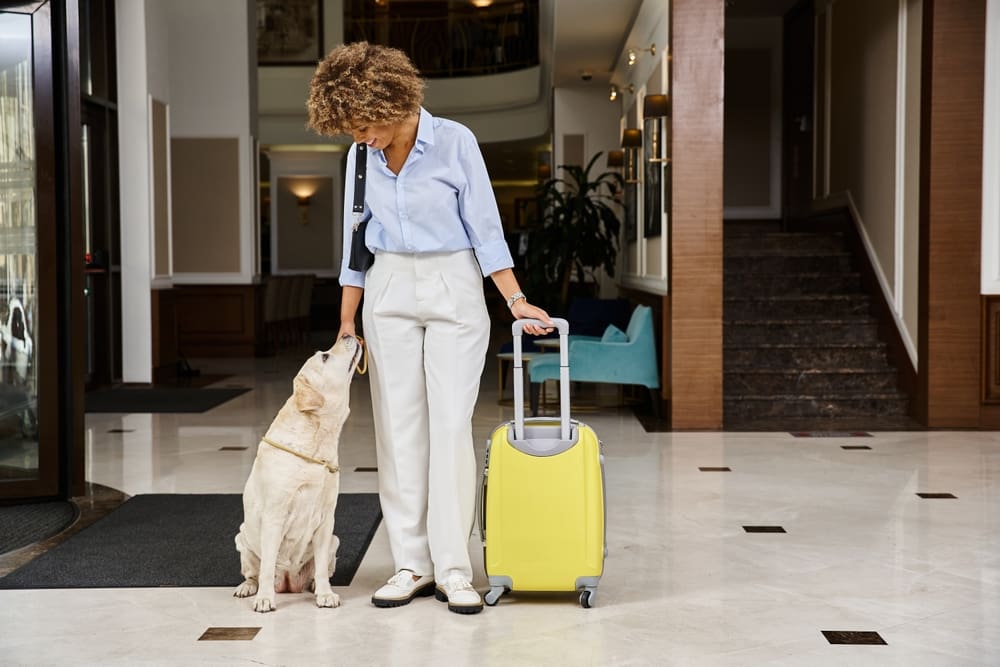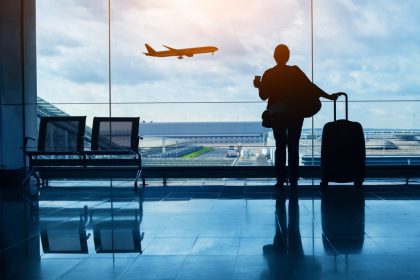Emotional support animals have become a significant part of many individuals’ mental health management strategies, especially when facing the stresses of travel. These animals, ranging from the conventional dog and cat to the more unique, like miniature horses, offer more than just companionship. Their presence on planes can profoundly impact passengers, providing comfort and reducing anxiety during flights. This article delves into the surprising benefits of emotional support animals on planes, showcasing how they’re changing the travel experience for the better.
Introduction to Emotional Support Animals
An emotional support animal is not just a pet; it’s a companion that plays a crucial role in the mental well-being of its owner. Unlike service animals, which are trained to perform specific tasks for people with disabilities, ESAs offer comfort and emotional support through their presence. Recognizing the significant impact these animals have on individuals facing emotional and psychological challenges, many airlines have policies in place to accommodate them during flights.
Navigating the Skies: How ESAs Make a Difference
Reducing Flight Anxiety and Stress
One of the primary benefits of having an emotional support animal on a plane is the significant reduction in anxiety and stress levels. Flying can be a nerve-wracking experience for many, characterized by the fear of turbulence, claustrophobia, and the general discomfort of air travel. The presence of an ESA can provide a calming effect, offering emotional stability and a sense of safety. By focusing on their animal, passengers can divert their attention from their fears, leading to a more relaxed flight experience.
Offering Unconditional Support
Emotional support animals offer unconditional love and support, which can be incredibly soothing during the often stressful experience of air travel. For individuals dealing with mental health issues like depression or anxiety, an ESA’s unwavering affection can provide a sense of comfort and normalcy in an otherwise unfamiliar environment. This support is not just beneficial for the ESA owner but can also have a positive impact on fellow passengers and crew members who interact with the animal.
Encouraging Social Interaction
ESAs can act as icebreakers, encouraging social interaction among passengers. People are naturally drawn to animals, and an ESA on a flight can become a focal point for conversation. This can be particularly beneficial for those who experience social anxiety or find it difficult to engage with others. Through their ESA, passengers can connect with fellow travelers, making the journey more enjoyable and less isolating.
Enhancing Physical Health
The benefits of emotional support animals extend beyond mental well-being; they can also have a positive impact on physical health. Engaging with an ESA can lower blood pressure, reduce heart rate, and decrease cortisol levels, a stress hormone. For passengers who experience flight-related anxiety, these physical health benefits can make the travel experience much more comfortable and less taxing on the body.
Considerations for Traveling with ESAs
While the benefits of emotional support animals on planes are clear, it’s important for ESA owners to navigate air travel responsibly. This includes understanding airline policies regarding ESAs, ensuring the animal is well-behaved in public settings, and considering the comfort of fellow passengers. By taking these steps, ESA owners can ensure that their travel experience, and that of those around them, is positive and stress-free.
Conclusion
The presence of emotional support animals on planes offers surprising benefits, transforming the travel experience for many. By providing emotional stability, reducing anxiety, encouraging social interaction, and even offering physical health benefits, ESAs have become invaluable companions for those facing the challenges of air travel. As society continues to recognize the importance of mental health, the role of emotional support animals in public spaces, including planes, will likely continue to evolve and expand. For many, the journey is made all the more bearable with their trusted companion by their side, proving that sometimes, the best medicine comes on four legs.
In this exploration of the impact of emotional support animals on air travel, it’s clear that these companions are more than just pets. They are a lifeline for many, providing support in a unique and powerful way. As we navigate the skies together, the bond between humans and their ESAs serves as a reminder of the profound ways in which animals can touch our lives, offering comfort, joy, and emotional support when we need it most.
This story was created using AI technology.

















